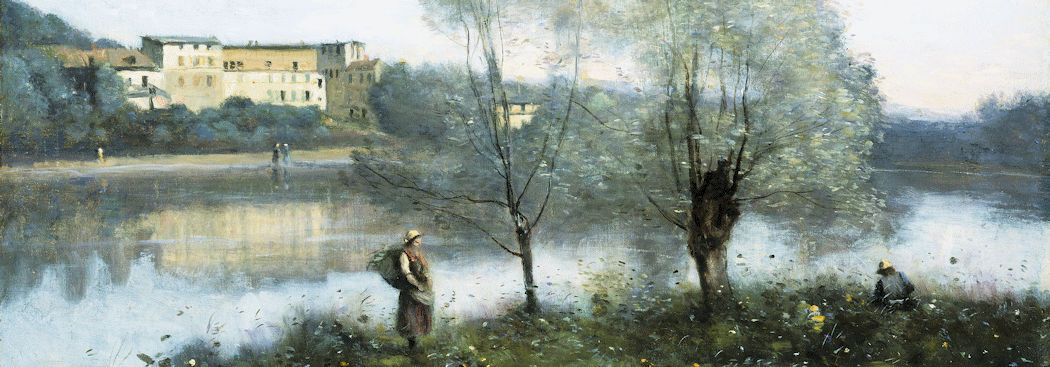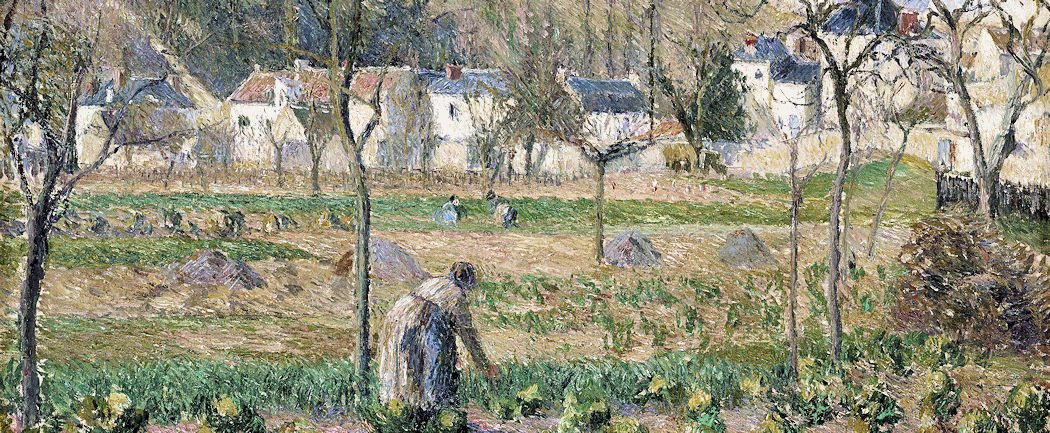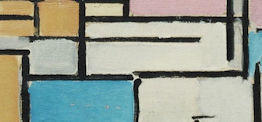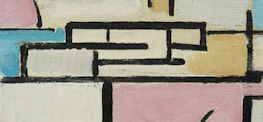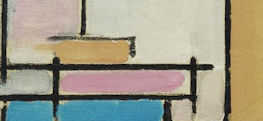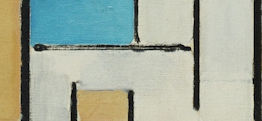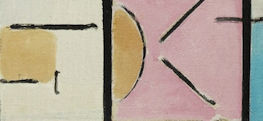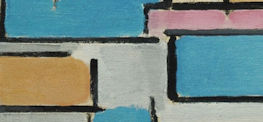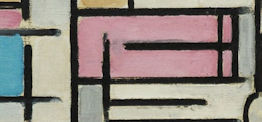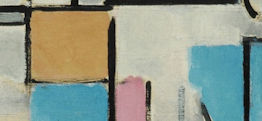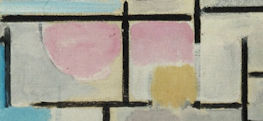On one of his trips on this railway, during a driving rainstorm, the artist saw a train approaching from the opposite direction. Leaning out of his coach window, he mentally photographed the scene, but when he painted this picture he characteristically took many liberties. because he wished to have the oncoming train in the center of the bridge, he omitted the second track. He also wanted the black mass of the boiler broken up with light, presumably headlights. But the effect is that of a boiler being stoked, and thus the engine at first seems to be pushing, not pulling, its coaches. So that the spectator would know, however, that the train was moving forward rather than backward, Turner painted three puffs of steam, making the one nearest to the engine the most distinct, and the other two gradually less so. As a further indication of the direction of the train, he painted a hare running in front of the engine. Whether, as some have suggested, this is a symbol of Nature about to be destoryed by Industry, or whether it is Turner's method of indicating how slowly the train really ran, is left to the viewer. Thackeray, reviewing the 1844 Academy Exhibition, wrote of the printing: "As for Mr. Turner, he has out-prodigied all former prodigies ... The world has never seen anything like this picture." And up to the time of the Impressionists it is the solitary painting of significance glorifying the new age of railways.




















